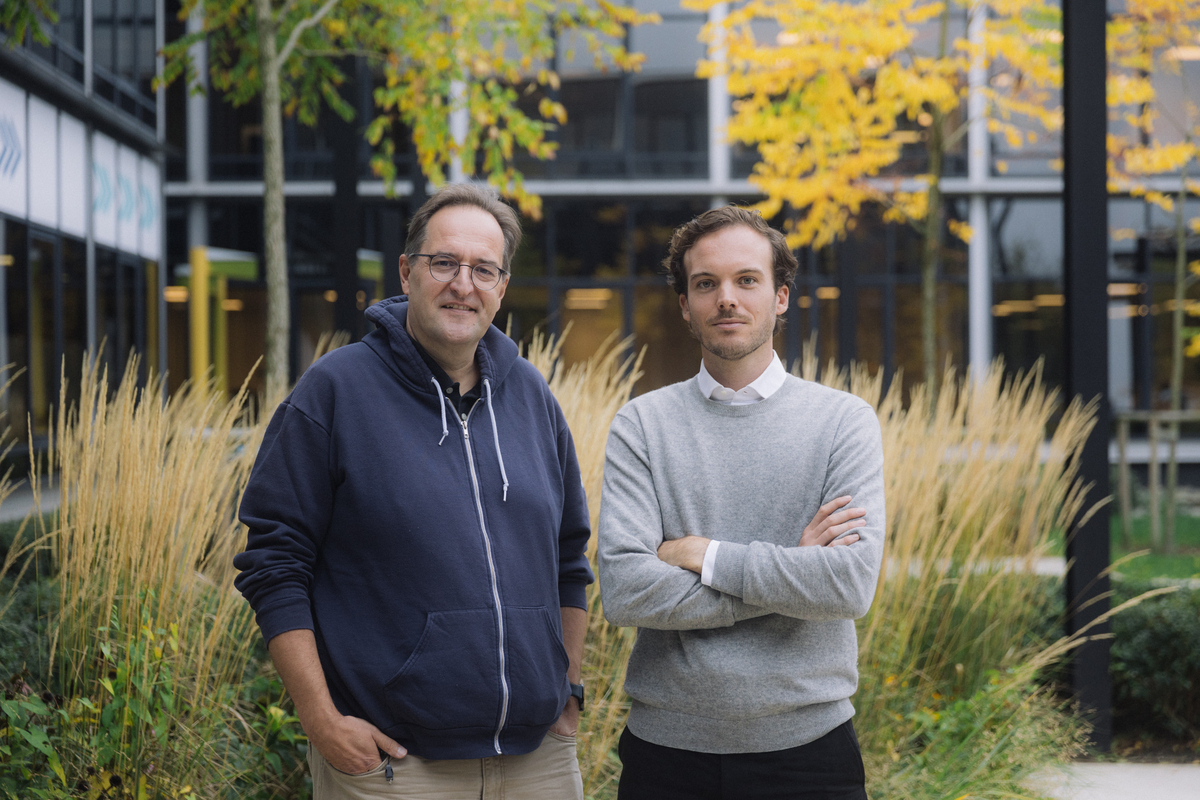Why ERP needs to evolve with how we actually work
Sponsored by SpireERP systems remain the backbone of many organisations, but the way we interact with them needs to become more human, flexible and connected

ERP systems still sit at the heart of most enterprises. But how can we make sure people actually enjoy working with them? That question is becoming more urgent as organisations strive for faster, more agile and more digital ways of operating.
Increasingly, companies are realising that the solution isn’t to replace their ERP system but to enhance it. By adding a smart, user-friendly layer on top, they can combine the strength of their existing systems with the needs of the modern workplace.
Spire, a European specialist in Salesforce technology and digital platform transformation, helps organisations do exactly that. Drawing on its experience in customer service, field service and operations, the company helps companies build technology around people. In this article, Jan Verbrugghe, Customer Service Expert, and Yannis Rouwens, Sales Director, talk about how ERP systems can once again become truly valuable in day-to-day work.
From system to work partner
“The friction lies between rigid systems and the flexible reality of everyday work,” says Verbrugghe. “ERP perfectly captures what happens, but not why it happens. That context gets lost, and that’s where the real knowledge lives.”
That rigidity causes frustration. Data gets locked away, processes slow down and the reasoning behind decisions disappears. “The system works great for finance,” Verbrugghe adds, “but not for a service team that just needs quick access to information.”
According to Spire, the key lies in creating a modern interface layer on top of ERP – one that simplifies interaction and brings processes closer to the user. But how does that look in practice, and why does it work?
Bridging the gap between system and user
A field technician knows exactly which part is needed for a repair. That information lives inside the ERP system. But how can they access it when standing in front of the machine, without having to log into a desktop or navigate endless menus?
This is where traditional ERP systems often fall short. They’re built to store data, not make it accessible and contextual at the moment of need. The result? Critical information remains out of reach when it matters most.
The solution lies in a smart engagement layer on top of ERP. Not a replacement, but an enhancement: a user-friendly interface that surfaces data proactively, bridging the gap between system and user.
Conversational interfaces as the new front door
According to Yannis Rouwens, tools such as Slack can act as a digital workspace for such interaction. “Imagine receiving an approval request directly in a chat interface,” he says. “You review the details, hit approve, and move on. No logins, no complicated menus.”
Collaborative tools such as this serve as natural workspaces, where communication, action and information converge. “It lowers the barrier for users, boosts adoption and accelerates processes. You stay in the flow of your day,” says Rouwens.
No extra tool, just smart integration
This isn’t a gimmick. “You build this future-proof: using technologies like Salesforce, MuleSoft or Slack as your Digital HQ, combined with identity management, security, and governance,” says Rouwens.
And these tools can help you unlock ERP and CRM data without altering your core systems. The result is an accessible front end on top of a solid foundation, where data, processes and teams work seamlessly together.
Real-world example: modernising without replacing
For example, one construction manufacturer struggled because its field service employees couldn’t access project data during customer visits, leading to delays and frustration.
Spire implemented a modern user experience layer on top of the client’s existing ERP system, a single workspace where employees could view client data, take action and collaborate in real time.
The result? Real-time access to data, faster response times and a smoother customer experience, all without replacing or disrupting the ERP system.
The future of ERP is people-first
“Conversational ERP isn’t a hype,” says Rouwens. “It’s the next logical step.” And AI makes that evolution even stronger. “An assistant that suggests actions or prepares responses needs context, and that context has to live somewhere,” adds Verbrugghe.
ERP will always remain the backbone. But the interaction around it must evolve. Organisations don’t have to replace their systems, they just need to open them up for integration and collaboration.
“Modernising ERP doesn’t have to be an all-or-nothing story,” Rouwens concludes. “With smart integration and a reimagined user experience, you can take a huge leap forward – without throwing away your foundation.”
Want to see how your organisation can future-proof its ERP? Download our whitepaper, The Future of ERP – Top 7 Trends, at go.spire-group.eu/future-erp

Business Reporter Team
Most Viewed
Winston House, 3rd Floor, Units 306-309, 2-4 Dollis Park, London, N3 1HF
23-29 Hendon Lane, London, N3 1RT
020 8349 4363
© 2025, Lyonsdown Limited. Business Reporter® is a registered trademark of Lyonsdown Ltd. VAT registration number: 830519543





